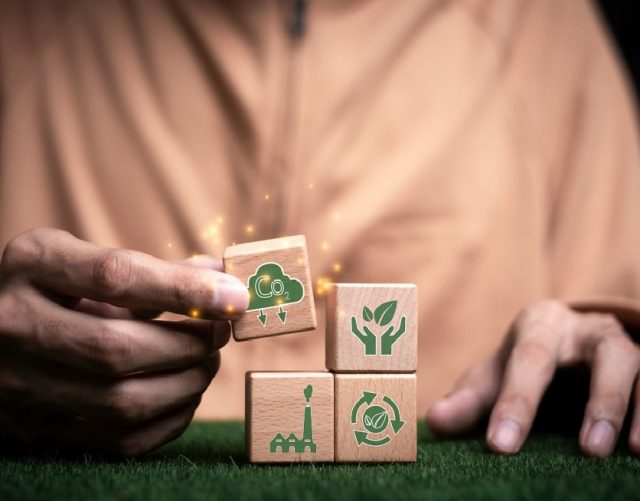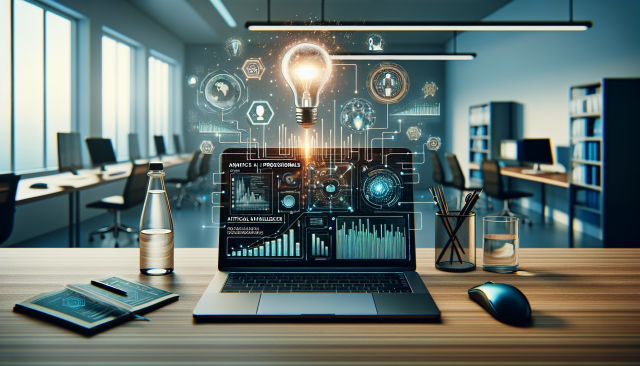Crafting Legacy: Black Culinary Traditions in American Cuisine and Career Evolution
Crafting Legacy: Black Culinary Traditions in American Cuisine and Career Evolution
As the calendar turns to Black History Month, our society finds itself enriched by the profound tapestry of contributions made by African Americans throughout history. Within this vibrant mosaic, Black culinary traditions hold a special and savory place, weaving both the taste of history and the spice of innovation into the fabric of American gastronomy.
For professionals embarking on their career journeys, revisiting these traditions can offer more than a gustatory delightit is a richly layered source of inspiration and wisdom. In honoring these culinary legacies, apprentice professionals are offered unique insights into the possibility of crafting a career path that is both personally meaningful and socially impactful.
The Alchemy of History and Innovation
Black culinary traditions in America trace their roots back to the shores of Africa, enriched through the generations by the creativity and resilience of those who harnessed them. From the soulful depths of gumbo to the sweet whispers of spoonbread, dishes often born out of necessity became defining elements of American cuisine. Each meal tells a story of adaptationan alchemy of using what was available with skill and ingenuity.
For apprentice professionals, this is a resonant lesson in resourcefulness. As you embark on your career, consider the power of adaptability. How might you transform constraints into opportunities? How can you draw from your personal and cultural heritage to innovate and create something truly unique in your chosen field?
Giving Voice to Tradition
In the culinary world, acknowledging Black traditions is increasingly becoming a vehicle for giving voice to underrepresented narratives. Restaurants and chefs across the nation are championing these traditions, not only through their menus but also by highlighting the stories of the people behind these storied recipes.
Apprentice professionals can take a cue from this movement by incorporating storytelling into their own careers. How can you, in your profession, honor the legacies that came before you? How can you use your platform, regardless of its size, to bring awareness to important stories and voices within your industry?
Culinary Diplomacy and Community
Food has long been a catalyst for community building and cultural diplomacy. Black culinary traditions have always been at the heart of family gatherings, community celebrations, and cross-cultural exchanges. They serve as a reminder of the power of community and the strength found in unity.
For those at the outset of their professional journey, this speaks to the importance of networking and collaboration. Building a career is not a solitary endeavor but a communal one. How can you create and nurture your own professional community? How might shared experiences and collaborative efforts lead to growth and success in your career?
Mentorship Through Flavor and Tradition
The culinary world is steeped in traditions passed from one generation to the next, much like the mentorship many seek in their professional lives. Black culinary traditions underscore the importance of mentorshiplearning through doing, observing, and tasting.
As you work to develop your career, seek out mentors who can provide guidance and wisdom based on their journeys. Conversely, how might you offer your skills and knowledge to those just starting outor even those considering a career change?
Conclusion: Savoring the Journey
Celebrating Black culinary traditions is to savor the rich, complex flavors of history, innovation, and community. For apprentice professionals, these traditions offer much more than recipesthey provide a framework for building a career infused with purpose and depth.
As you reflect on these traditions during Black History Month and beyond, consider what you bring to your professional table. In what ways can you honor your heritage and history while forging your own path? How can you craft your career to be a legacy that inspires future generations?
Let this month be a reminder to celebrate the past, embrace the present, and pave the way for the future, all while crafting a career as rich and diverse as the culinary traditions that nourish us.































